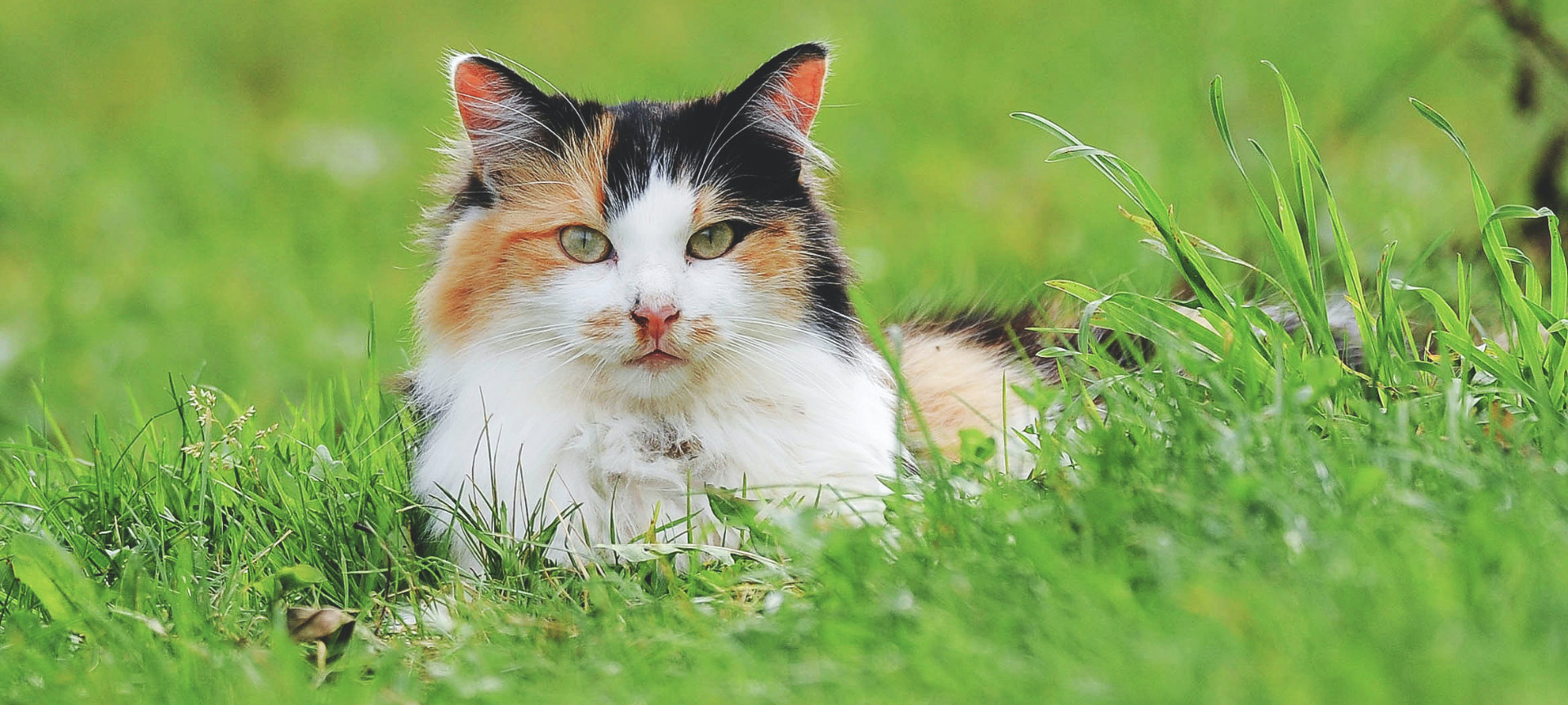
Fractured Teeth
One of the most common dental problems we see in dogs and cats is broken or fractured teeth. These injuries occur when pets suffer blunt-force trauma, play or fight with another animal, chew on hard items, or fall from heights. Fractured teeth that expose the nerve (pulp exposure) allow bacteria to enter the pulp leading to an abscess. Since often dogs and cats don’t show recognizable signs of pain an evaluation with anesthesia and diagnostic radiographs is required to evaluate these teeth to determine the best treatment options. A mature tooth with pulp exposure should be treated with root canal therapy or surgical extraction before it develops a painful abscess. Fractured deciduous (baby) teeth with pulp exposure should be extracted because of the potential for infection to affect the developing adult tooth bud.


